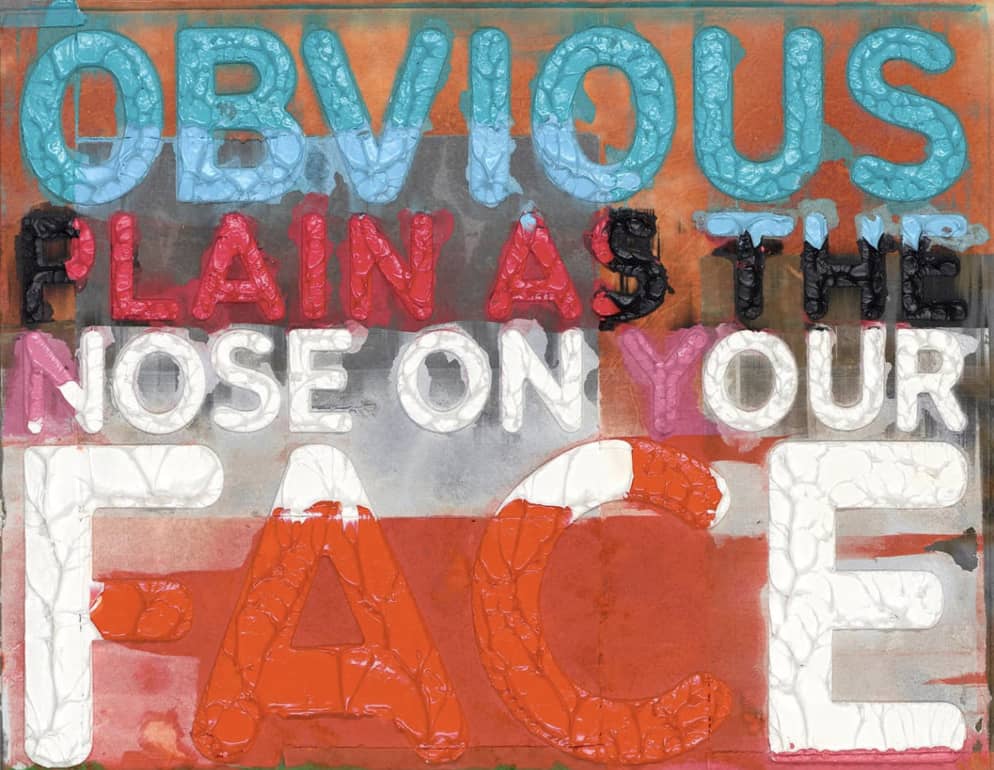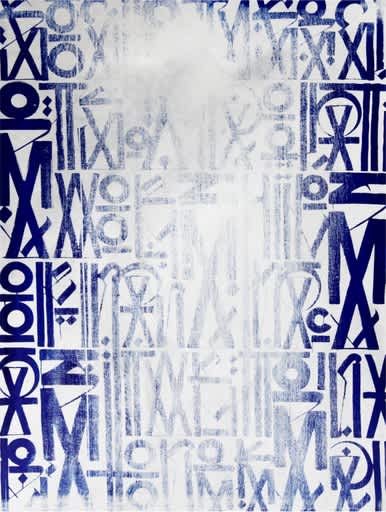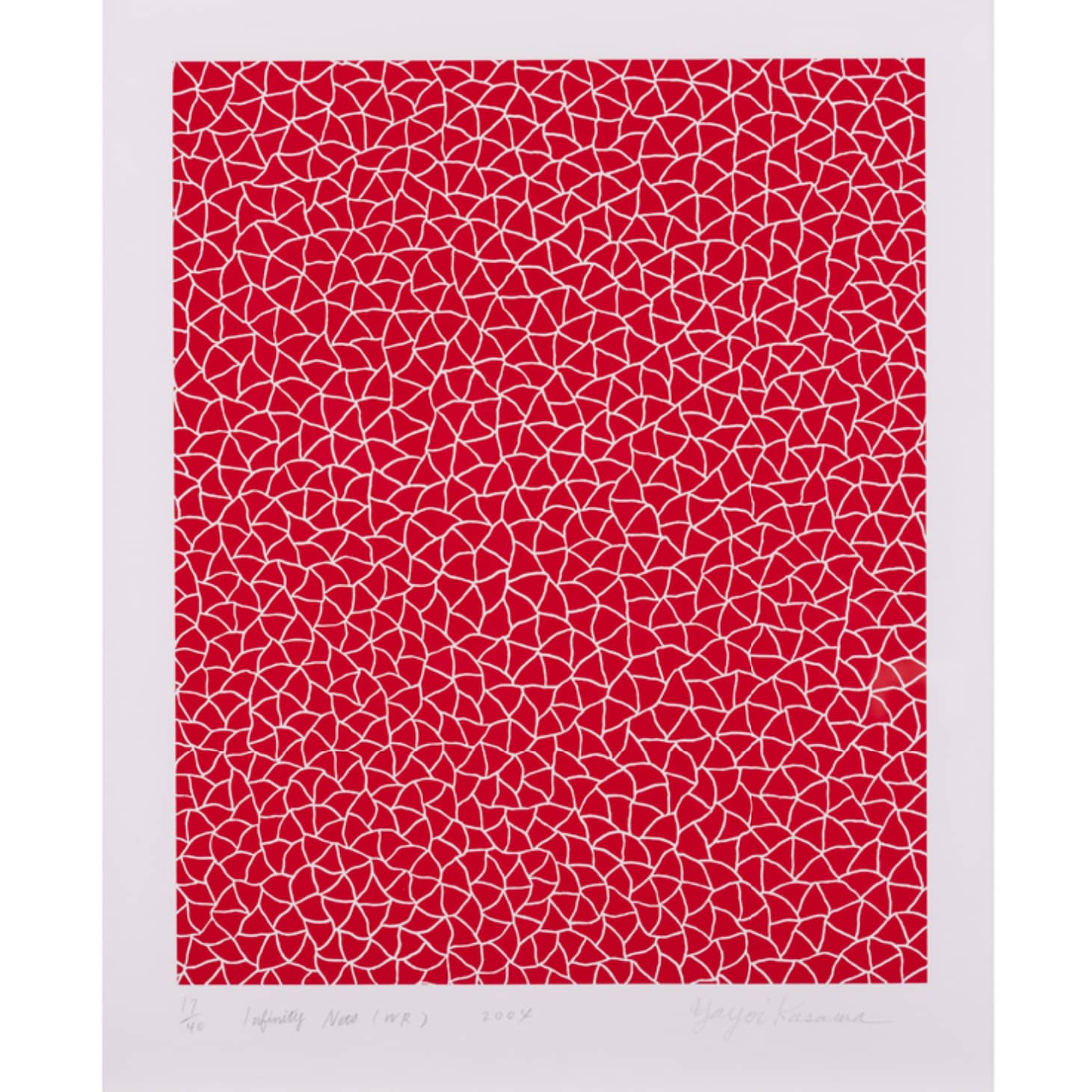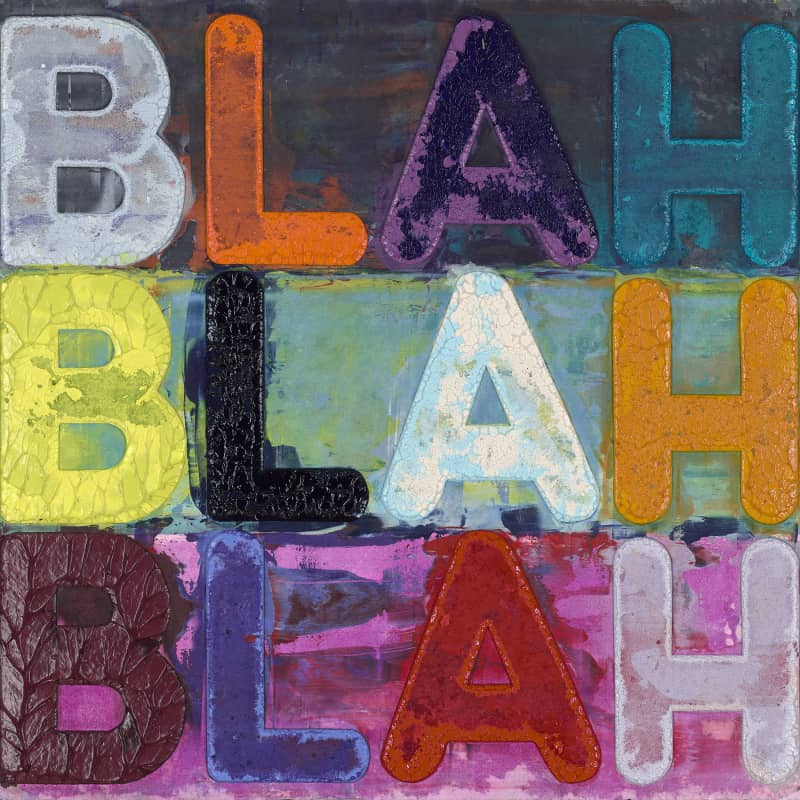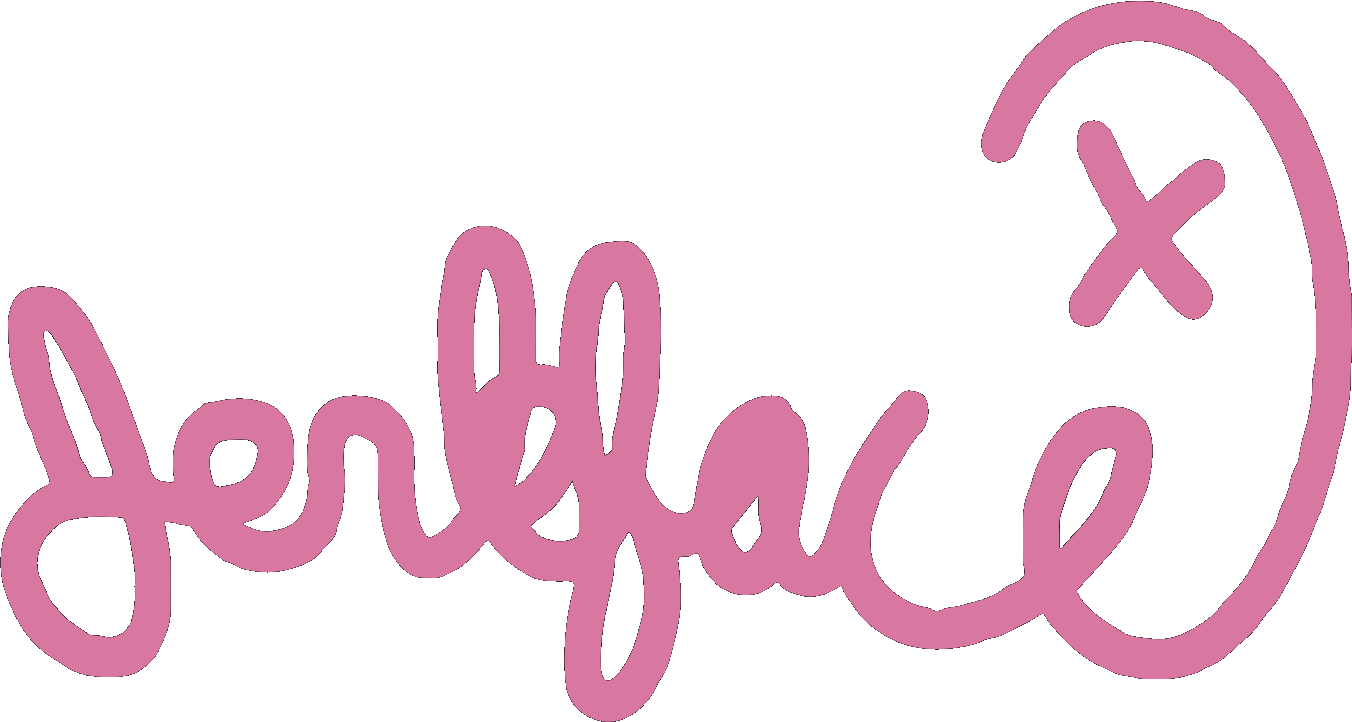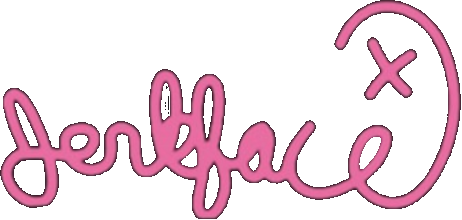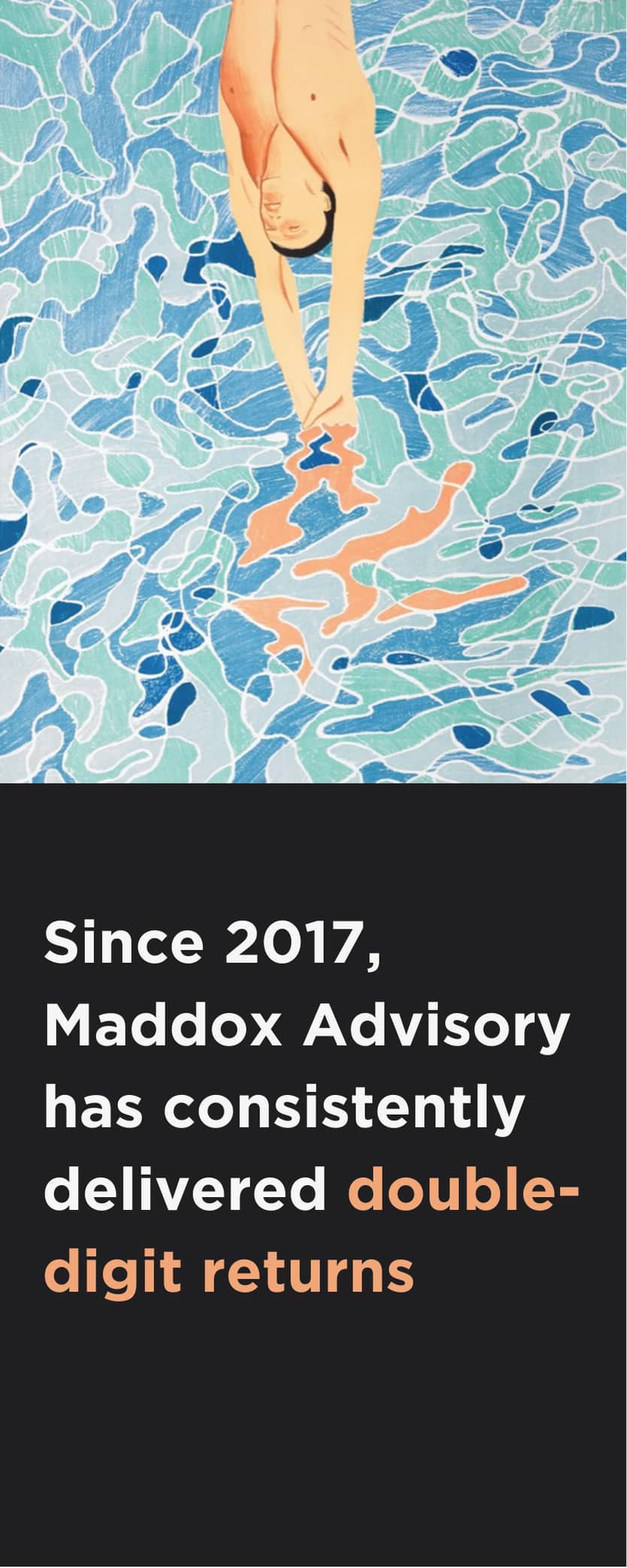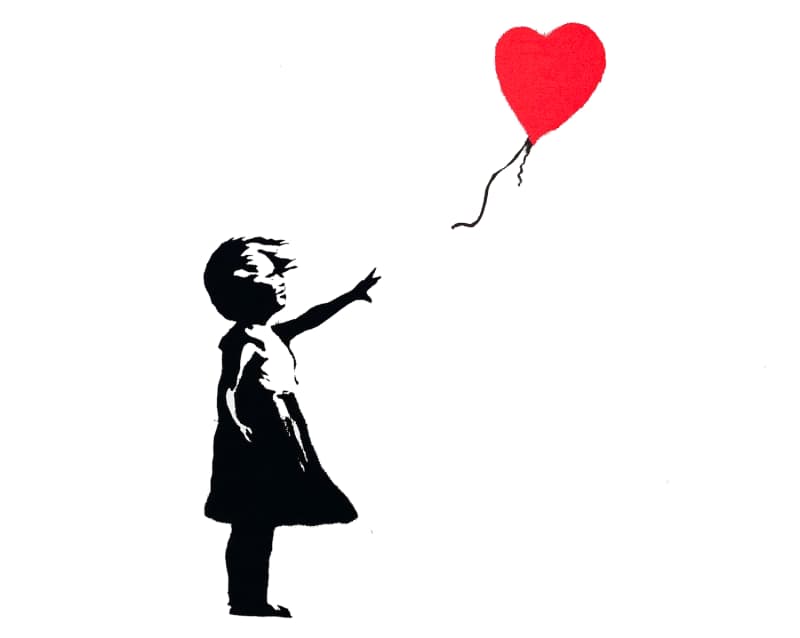While it's one of the oldest artistic practices, mark making continues to shape modern art. From the symbolic cave drawings of prehistoric times to the expressive strokes of contemporary masters like RETNA and Jean-Michel Basquiat, mark making in art transcends eras and movements. Explore how five mark making artists use this powerful language for communicating emotion, identity, and personal expression.
The Origins and History of Mark Making
Whether the marks were made with a stone crayon, a brushstroke or a spray of paint, artists have been using gestural symbols and scratches to express emotion and assert their place in the world for centuries. From the swirling shapes of Van Gogh to Jackson Pollock’s dynamic splatters and Cy Twombly’s calligraphic scribbles, mark making in art was an integral component of many Impressionist, Expressionist and Abstract Expressionist painters’ practices.

Palaeolithic art in Lascaux cave, southwest France
The history of marking making is often being revised, as new discoveries are made. Close to 350 caves have been discovered in France and Spain containing art from prehistoric times. Dating back 30-40,000 years, for a long time this early cave art was believed to be the oldest known mark making by humans, neatly feeding into antiquity’s Eurocentric narrative that promoted Europe as the birthplace of creativity.
From dots, triangles and zigzags to more complex ladder and feather shapes, the range of symbols discovered in the caves clearly meant something to the mark makers. Repeated over tens of thousands of years, they are considered one of the earliest forms of human communication—a mental dictionary of symbols, used to encode information.
In 1991, a team, led by the renowned archaeologist Christopher Henshilwood, uncovered cave drawings in South Africa’s Blombos Caves that predated their European counterparts by some 30,000 years. Believed to have been created when an iron-rich rock was dragged across silcrete stone, the primitive, geometric, cross-hatched patterns, dating from between 75,000 to 100,000 years ago, are the oldest known representations of human mark making.
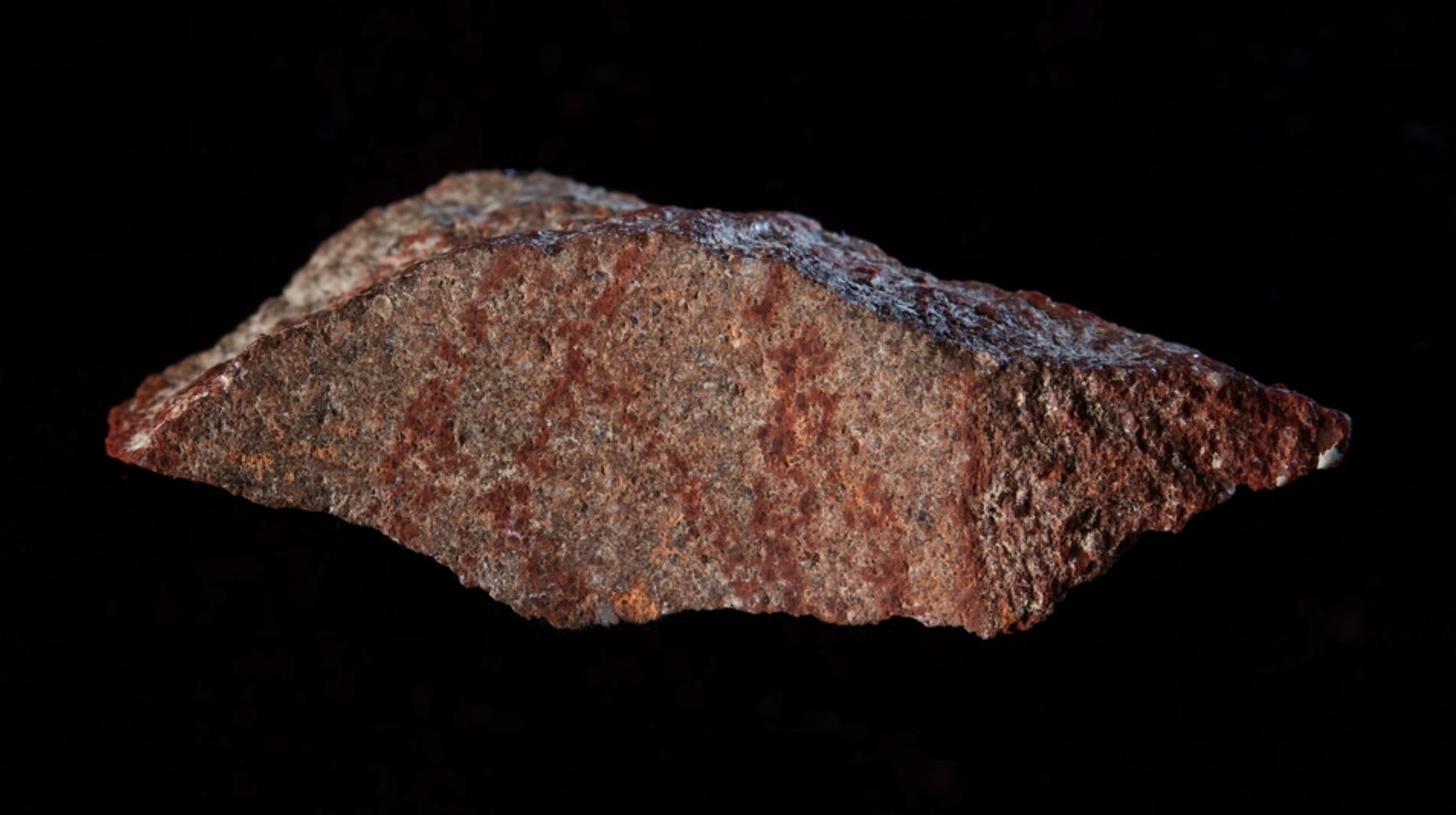
Drawing from the Blombos Caves, circa 70,000 BCE
In July 2024, some new cave art was discovered in Indonesia, on the island of Sulawesi. The depiction of a wild pig and three human-like figures was recognisably derived from life and became the earliest known example of storytelling through mark making—figurative art, in other words. “Humans have probably been telling stories for much longer than 51,200 years, but as words do not fossilise, we can only go by indirect proxies like depictions of scenes in art—and the Sulawesi art is now the oldest such evidence by far that is known to archaeology,” Adhi Agus Oktaviana, the Indonesian rock art specialist who led the team that made the discovery, told the BBC.
Whether through representational imagery or abstract forms, let’s take a closer look at five artists that use mark making to communicate ideas, evoke emotions, and provoke thought, and discover some of their signature mark making art examples.
Famous Mark Making Artists
#1: Mel Bochner, the Conceptual Mark Making Artist
Mel Bochner, Obvious (detail), Monoprint with collage engraving on handmade paper
In an interview with the American conceptual artist, the curators of a show devoted to Mel Bochner at the Art Institute Chicago asked the question: what does drawing mean to him? Tellingly, he replied: “For me, drawing is the way to see what I’m thinking. All one needs is something to make a mark and a surface to make the mark on.”
A leading figure in the Conceptual Art movement in 1960s and 70s New York, Bochner's early monoprints frequently incorporated gestural mark making. Influenced by his interest in mathematics and logic, his early, abstract mark making evolved into a preoccupation with numbers, symbols and, famously, letters and words, used in unconventional ways.
One of the first artists to use language as an artistic medium, Bochner’s text-based paintings explore the point at which language and visual representation intersect. In his ‘Exasperations’ etchings, he uses the process of erasure to not only remove marks but to make them too. By both enhancing and obscuring the meaning of his words in this way, he invites the viewer to reconsider the ways in which we interpret language and image.
#2: Jean-Michel Basquiat, the Expressive Mark Making Artist
Jean-Michel Basquiat, Ascent, Screenprint Edition of 50
The late, great Jean-Michel Basquiat was a prolific mark maker, graffiting his frenzied doodles across the subway and, later, canvases, in bold, primary colours. His artistic career began in New York in the late 1970s, with his expressive marks influenced by his early life on the streets, cultural heritage and the societal issues of the time.
Basquiat once said of his art: “Every single line means something.” He loved to scratch and doodle with intent, using his distinct style of mark making to create codes and symbols within his works. 50 Cent Piece is an excellent example of an iconic mark making artwork. A potent symbol of economic disparity fusing obsessive scribbling, diagrams and elusive symbols, it is celebrated as one of Basquiat’s finest works.
#3: RETNA, the Symbolic Mark Making Artist
Retna, Secret Societies II, Mixed Media on canvas
Another street artist whose marks are rooted in graffiti is RETNA. The Los Angeles-born artist mines from a vast archive of typography, with his artwork taking inspiration from the visual mark making of hieroglyphs, calligraphy and other scripts.
Evoking a secret language, RETNA has created his own vocabulary of symbols. Using a combination of spray cans and brushes, his loose, painterly marks are hypnotic and beautiful, raw and striking. Part abstract painting, part written communication, through his indecipherable yet intriguingly familiar mark making, RETNA’s art conveys an event or dialogue that he has experienced.
#4: Yayoi Kusama, the Methodical Mark Making Artist
Yayoi Kusama, Infinity Nets [WR], Screenprint Edition of 40
Among the most famous mark making artists at work today, Yayoi Kusama has used gestural marks throughout her lifetime to convey her inner struggles and process her psychological demons. The Japanese artist is best known for her polka dots, but she has also developed other marks that are core to her identity. Her earliest, the net, first appeared in 1958. The subject of ‘Infinity Nets’, Kusama’s longest-running series, it also provides the backdrop for many of her other works, including her famous pumpkins.
Transcending the traditional confines of the artist’s canvas, Kusama encourages others to become the mark makers with her Obliteration Room installation, which turned 20 years old in 2022. An interactive art piece that begins life as an entirely monochrome living room, over time, the space is ‘obliterated’ with multi-coloured stickers, randomly placed by visitors.
#5: Lefty Out There, the Instinctive Mark Making Artist
Lefty Out There, Futurum Momentum, Acrylic, canvas, and poplar
Franco Campanella, better known as Lefty Out There, is a pioneering multidisciplinary artist who taps into the power of intuitive, repeated shapes. Presenting his view of the world as a constantly evolving network of interconnections, his works juxtapose meticulous brushwork with dynamic mark making. In an interview with Maeve Doyle, Artistic Director at Maddox Gallery, he explains what his marks mean to him: “I always say that they represent life, existence, growth and vibration,” he explains. “Like a presence, they exist everywhere and shapeshift to mean whatever the viewer needs them to mean.”
Lefty’s signature mark-making motif is the polymorph, which breathes and grows across his canvases. These range from three-dimensional plexiglass works to knitted pieces, murals on the sides of buildings to large-scale art installations. Kinetic, connected, alive, there is a childlike quality to his free-form marks that feels intuitive and natural.
The Techniques and Tools of Mark Making
From stippling and splattering to scribbling and dabbing, mark making consists of many different techniques, which are used to create variations in texture and tone within artwork. Artists have always loved to experiment, and this led to the invention of the key tools in an artist’s kit, including the pencil, pen, brush and palette knife.
As artistic practices have evolved, so too have the tools for creating them. Matisse taped charcoal to the end of 6ft long bamboo sticks, while Jackson Pollock used buckets to pour paint onto his canvases. The quintessential 21st-century multidisciplinary artist, Lefty Out There’s approach to mark making utilises an array of contemporary tools, including airless sprayers, air brushes, laser cutting, CNC machining and flatbed digital printing.
Artistic Movements Defined by Mark Making
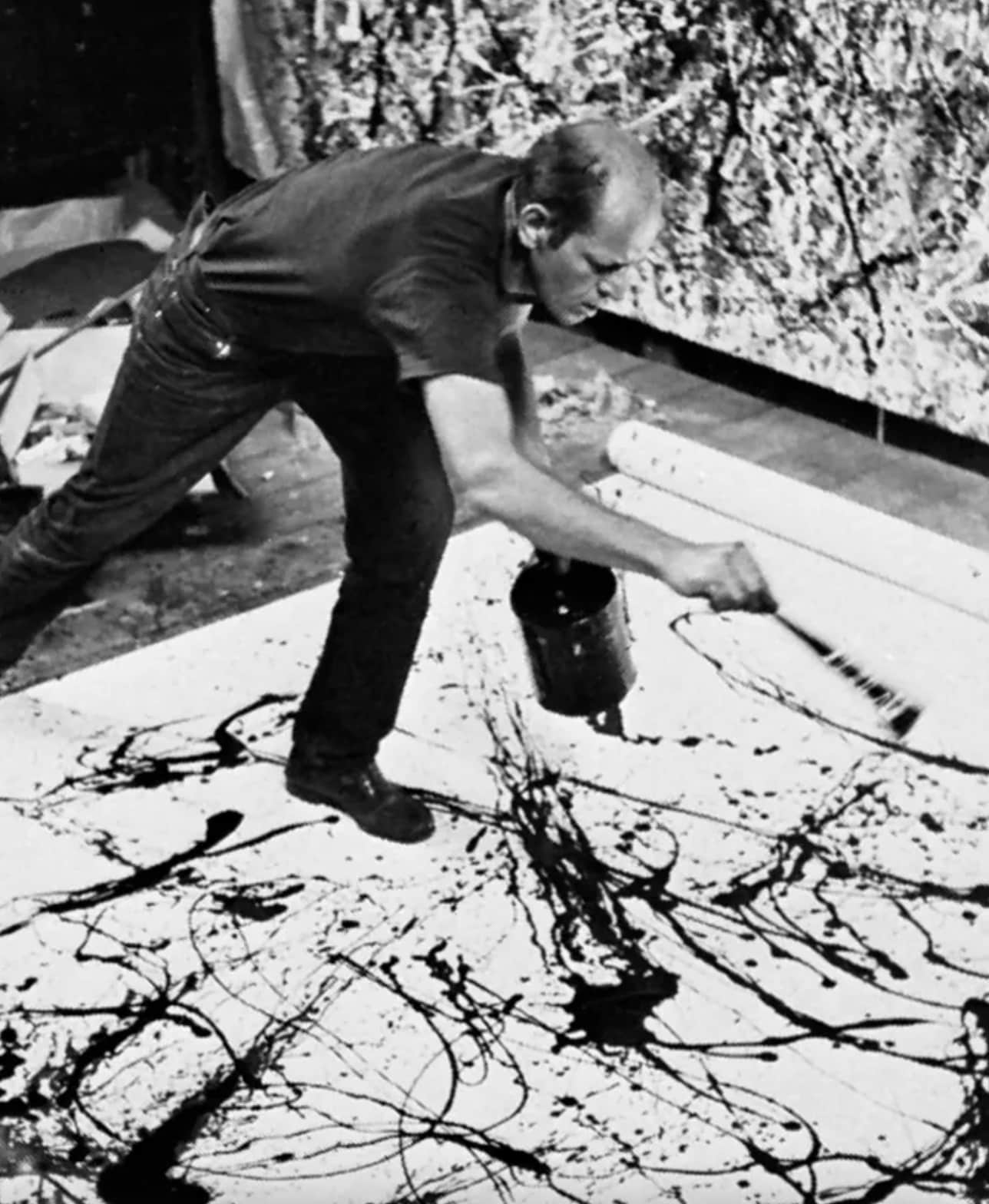
Artist Jackson Pollock working in his studio
Whether controlled or spontaneous, executed with force or with care, how a mark is created is central to an artwork and its history. The 19th century Impressionists used short, broken brushstrokes and dabs of paint to capture the effects of light and colour on forms in their representational art, while Post-Impressionist artists took it one step further, replacing their thin brushstrokes with delicate daubs of precisely placed paint.
For 20th century Abstract Expressionists like Jackson Pollock, Mark Rothko and Willem de Kooning, mark making was much more intuitive, dynamic and experimental. Gestural arcs of paint dripped and splashed onto the canvas, leading to the movement being referred to as ‘Action Painting’. The Surrealists, meanwhile, developed a style of mark making which they named automatic drawing, an artistic technique in which the hand is allowed to move randomly across the paper, accessing material from the unconscious mind, without conscious thought.
The Power of Mark Making in Graffiti and Contemporary Art
In the world of graffiti, mark making tended to be spontaneous and quick, primarily because of the danger of getting caught. Jean-Michel Basquiat and Keith Haring, whose artistic styles were rooted in their past lives as graffiti artists, continue to be among the most influential mark makers in art history. Fast forward to today and mark making continues to be integral to the practices of many Contemporary graffiti and street artists, including RETNA, who is profiled above.

Contemporary British painter Nick Grindrod's renewed focus on mark making in art is beautifully showcased in his ‘Kintsugi’ series. Named after the Japanese art of repairing broken pottery, irregular patterns and marks are partly hidden behind the artist’s geometric forms, obscured by an opaque veil of paint. Then there is the Spanish artist Iván Montaña, who manifests memories, encounters, feelings and sensations in his organic, childlike marks.
Of all the Contemporary mark making artists, it is STIK who perhaps best expresses the power inherent in the most simple of marks. Using just six lines and two dots to create his minimalist stick men, STIK is able to convey complex emotions. Whether controlled or raw, spontaneous or considered, mark making continues to be an essential building block of creating art.
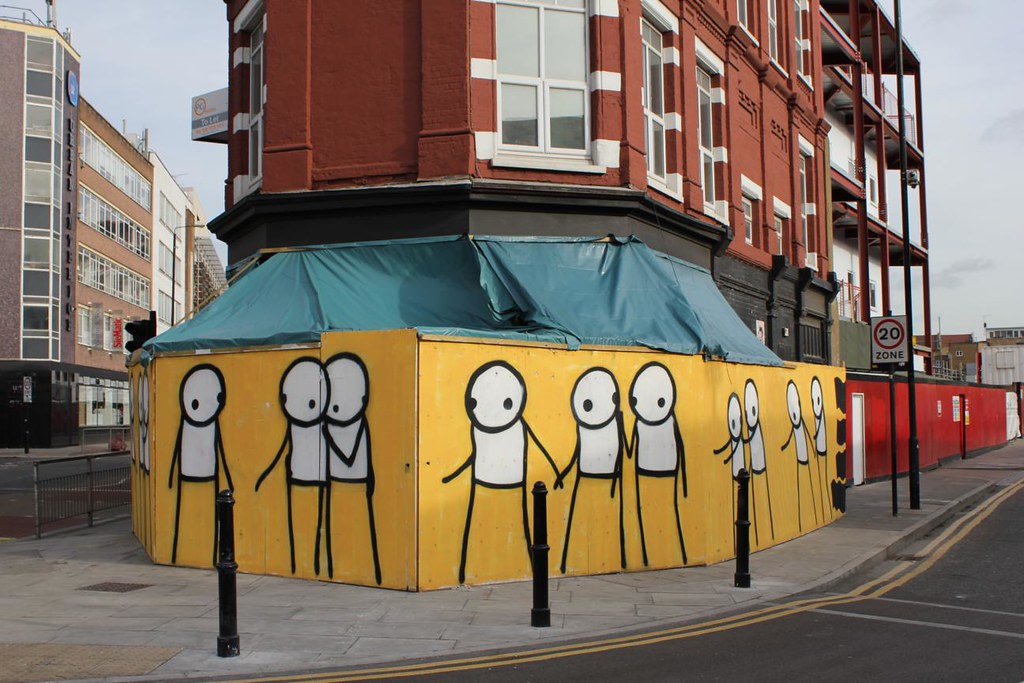
Speak to a Maddox Gallery Art Advisor to explore more mark making artists’ works.

